Pediatric Dermatology
Pediatric Dermatology - Manage Skin Conditions in Children at Tru-Skin Dermatology
The field of pediatric dermatology focuses on comprehensively diagnosing and treating skin ailments unique to infants, children, and adolescents.
While many skin conditions are shared by both children and adults, certain skin problems are more common among younger patients. These conditions require special care, delivered with the unique needs of growing children in mind. Younger patients often face a higher risk of bacterial skin infections, as well as a variety of other acquired and hereditary conditions.
At Tru-Skin, our specialists are dedicated to treating pediatric skin conditions with expertise and compassion. Our team of experienced, board-certified providers strives to create a comfortable, stress-free environment for both children and their parents. We take the time to educate parents about their child's skin issues, ensuring they receive proper treatment and care at home. This collaborative approach helps promote healthy skin as children grow and develop.
Learn more about pediatric dermatology below.
Examples of Pediatric Dermatology
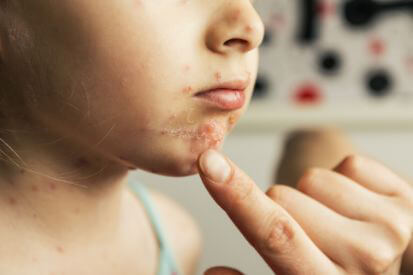
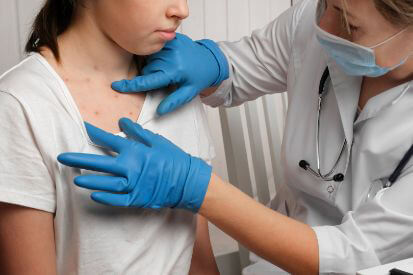
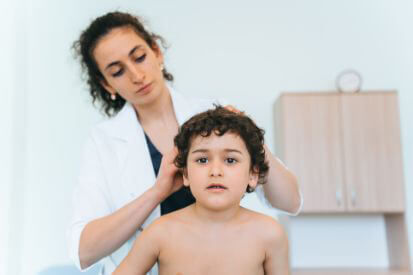
Pediatric Skin Conditions Symptoms
- Rashes: Various types of rashes, such as eczema, contact dermatitis, or viral rashes.
- Itching or Pruritus: Persistent itching.
- Redness or Inflammation: Due to irritants, infections, or inflammatory skin conditions.
- Bumps or Lesions: May be indicative of warts, molluscum contagiosum, or other skin infections.
- Dry or Flaky Skin: Conditions like eczema can cause dry and flaky skin.
- Birthmarks: Birthmarks can be either pigmented or vascular, and may require evaluation.
- Acne or Pimples: Older children and teenagers may experience acne.
- Infections: Bacterial, viral, or fungal infections can manifest as redness, itching, or pustules on the skin.
- Hair and Nail Changes: Abnormalities in the hair or nails, such as thinning, brittleness, or color changes.
- Allergic Reactions: Skin may react to allergens, leading to hives, and swelling.
- Skin Discoloration: Changes in skin color, such as paleness, redness, or darkening.
Causes of Pediatric Skin Conditions
- Genetics: Some pediatric skin conditions may have a genetic component.
- Infections: Bacterial, viral, or fungal infections.
- Allergies: Allergic reactions to certain foods, plants, animals, or environmental factors.
- Environmental Factors: Exposure to harsh weather conditions, pollutants, or irritating substances.
- Insect Bites: Reactions to insect bites or stings can cause localized skin problems.
- Autoimmune Disorders: Lupus or juvenile dermatomyositis.
- Hormonal Changes: Puberty-related hormonal changes.
- Birthmarks: Caused by abnormal blood vessels or pigment cells.
- Contact Irritants: Exposure to harsh soaps, detergents, or chemicals.
- Nutritional Deficiencies: Inadequate nutrition can impact a child's skin health.
- Stress: Emotional stress or changes in routine.
- Scratching or Rubbing: Persistent scratching or rubbing of the skin.
- Medications: May cause skin reactions or photosensitivity.
Pediatric Skin Conditions Prevention
Pediatric Dermatology FAQs
Yes, your child can see most dermatologists. However, it's advisable to choose a dermatologist who specializes in pediatric dermatology. Pediatric dermatologists have specific expertise in addressing skin conditions unique to children, ensuring that the diagnosis and treatment are tailored to their needs. Always communicate openly with the dermatologist about your child's medical history and any concerns you may have to ensure the best possible care.
If you notice any sudden or persistent changes in your child's skin, it's wise to consult a trusted dermatology provider. Pay attention to symptoms like severe itching, unusual rashes, discoloration, or any skin condition that doesn't improve with home care. Additionally, seek prompt medical attention if there are signs of infection, such as redness, swelling, or oozing. Trust your instincts as a parent—if you feel uneasy about a skin issue, it's always better to seek guidance from your dermatologist for a thorough evaluation and appropriate care. Early intervention can prevent potential complications and provide peace of mind.
Choose fragrance-free, hypoallergenic products designed for children's sensitive skin. Our online store offers for a wide range of safe, medical-grade skincare products. Consult your dermatology provider for product recommendations tailored to your child's needs.
Use child-friendly sunscreen with at least SPF 30, dress them in sun-protective clothing, and limit sun exposure during peak hours. This helps prevent sunburn and reduces the risk of long-term skin damage.
Birthmarks are common and often harmless. While some may fade over time, others may require monitoring. Consult with a trusted dermatologist to determine if any treatment is needed.
Yes, acne can affect children, especially during puberty. Encourage gentle cleansing with mild soap. For persistent issues, consult with your dermatologist for personalized medical-grade skincare guidance. Working with a skin expert can help create a foundation and routine for clear, healthy skin.
From Our QualDerm Family of Providers: A Pediatric Dermatology Story
How to Treat Pediatric Skin Conditions
From the Tru-Skin Dermatology Blog
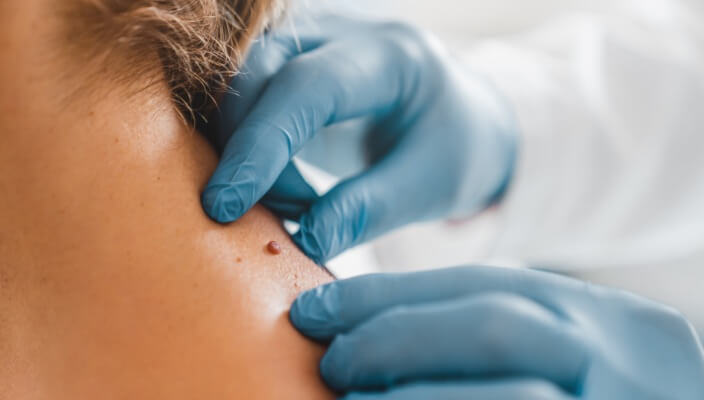
- Skin Cancer
- Skin Exams
- Sun Safety
Our team has access to the latest skin cancer treatment technology to quickly remove certain kinds of skin cancer. Read to learn more about the life-saving potential of early skin cancer detection.
Read More
- General Dermatology
- Skin Care
Having sensitive skin can be a real challenge. In this blog post, we’ll give you some insights on how to develop an effective skincare routine for your sensitive skin, so you can keep it healthy and glowing without any irritations.
Read More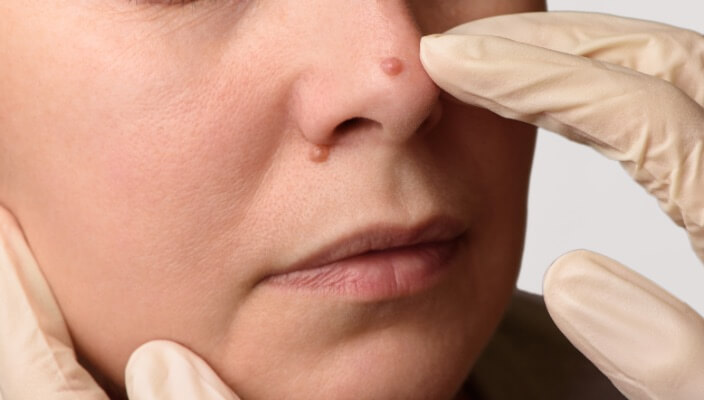
- General Dermatology
Are you dealing with the discomfort and embarrassment of warts, cold sores, or other skin growths? At Tru-Skin Dermatology, we understand the impact these skin conditions can have on your life. Our team of expert dermatologists provides personalized care and effective treatments to help you achieve healthy, beautiful skin.
Read MoreFeatured Products
Check your local office for current stock!
Check your local office for current stock!


